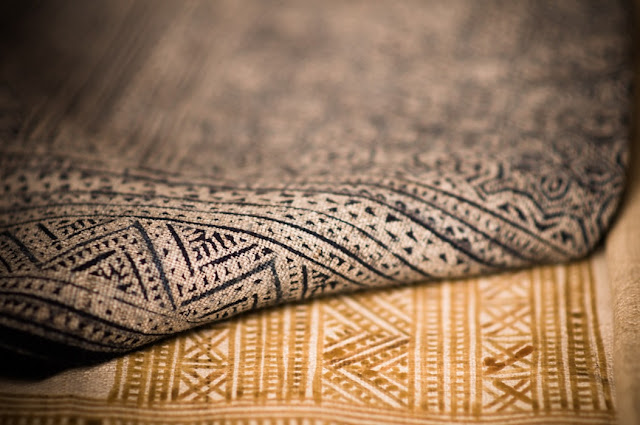We consider our
homes our sanctuaries where we are sheltered from the chaos of the outside
world. Unfortunately, even our homes can hide potential safety hazards which
can impair our health and even lead to death. However, with some care and
attention, you can take care of these in no time.
It's important
that your home is safe for you and your family, as well as your neighbors. Your
responsibility is to make sure that everything is in order and to perform
regular maintenance and examinations. Hazards differ in type and severity, as
well as the frequency of appearance among the population.
Therefore, here
are the most common safety hazards you can easily avoid around your home.
1.
Tripping and falling
Tripping and
falling are so common that people don’t pay too much attention to them, when
they happen on the floor and without severe injuries, of course. Nevertheless,
there are many hidden dangers in your home which may lead to serious falls with
tragic outcomes.
To ensure there
is a minimal chance of this to happen, check your stairs regularly and make
sure that everything is in order. Even the slightest instability of handrails
can later lead to injuries, so call a repairman to fix that immediately.
Carpets and rugs are often the reason you trip, so use special stickers, tapes,
and nets to secure them to floors.
In the bathroom,
water can create slippery floors so use the rugs specially designed to avoid
this. Also, place a rubber mat in the tub and shower so you wouldn't slip.
Rails are perfect for elderly family members, but also for everyone
else. If you can change the floor tiles for the anti-slip ones which will save
you a lot of trouble.
2.
Dangerous objects
Objects which
can cause choking, cut you or cause any other injuries should be removed from
the home or at least put in the safe place. This is especially important if you
have children since they are the most vulnerable to this safety hazard.
Additionally, some of their toys can cause injury to you and other house
members if not out in their place after the play is over.
Make sure that
knives are in the drawer or their holder, and secure the table edges with special foam if
they’re too sharp. Yard and garden are also the places where tools can lie
around and hurt someone, so put everything in the tool shed after you’re done.
3.
Fire hazards
Even a lit
candle can present a fire hazard, so don't be alarmed when you read all the
other potential safety risks in your home. Start by checking the appliances and
if they work properly. Check the cables for holes, breaks or any damage, and
unplug appliances you don't use. Also, keep them away from water source and
stoves.
When it comes to
power switches, check from time to time if they emit heat. If they do, turn
them off and call an electrician immediately. If you leave this unattended, it
can cause the fire to installations inside the wall.
In addition,
don't repair any malfunction by yourself if you're not qualified to do so since
that is a direct hazard to your health and any mistake is a safety risk. One of
the ways to be extra careful is to install a fire alarm in your home and perform regular
maintenance of your appliances.
4.
Carbon Monoxide
Carbon monoxide
is the gas which is becoming an alarming cause of injuries at home and even
death. It’s produced when wood, gas, and oil burn, but also some appliances can
be the causes. These are water heaters, boilers, wood stoves, BBQs, motor
vehicles and others.
Use detectors
and alarms in your home which are specifically built for this purpose. Monitor
the flames on the stove, if blue – it’s okay and if yellowy orange then carbon
monoxide is present. Clean your chimneys regularly and pay attention to even
the slightest sign of their blockage. Service all gas appliances on annual
basis and ventilate your home, in order to prevent piling up of this gas.
5.
Chemicals
Cleaning agents
and other chemicals you use around the house must be
stored in the appropriate place, preferably out of children’s reach. Also, if
you have pets, it’s better to keep these chemicals away from them so they
wouldn’t inhale, eat or knock them down.
Some chemicals
release poisonous vapors so the moment you smell something off open the window
and wait until the room is clear. Then, use gloves and paper towels to clean
the spot and wash it with water to remove any remains. Always follow
manufacturer’s instructions and use protective gear when handling chemicals of
any kind.
Finally
It's important
to analyze your home about your living habits and potential to cause damage or
injury. Even if you doubt something might be a problem, don't hesitate to call
a repairman and fix it. Taking care of the potential safety hazards is the best
way to minimize their occurrence and protect your family.
Safety Hazards around the Home you Could Easily Avoid written and contributed by Audrey Taylor. To learn more about her visit her bio here : Audrey Taylor




